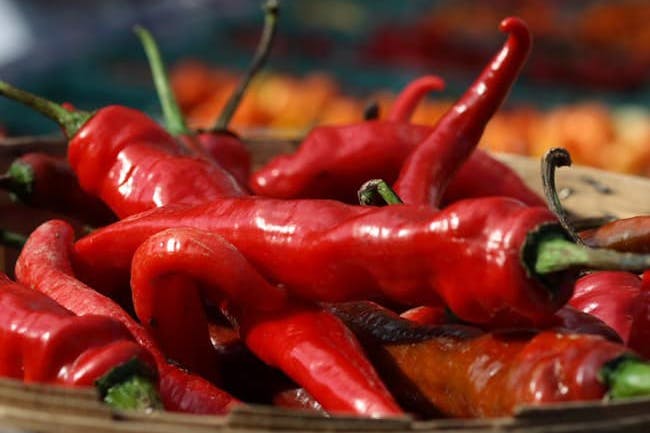Have you ever drizzled or even drenched your dishes with spicy Sriracha sauce? If you have, you may testify that it helps make any bland (or not so bland) meal taste better. For those who don’t know what Sriracha is – it’s the bright red hot sauce named after the coastal city of the Chonburi province in Eastern Thailand, Si Racha. It’s served in Thai and Vietnamese restaurants and is used as a dipping sauce for all kinds of foods, especially seafood.
What’s in it? Sriracha sauce is made of chili pepper paste, distilled vinegar, garlic, and salt – just like most other hot sauces. Some of the ingredients have great health benefits. Garlic has been long known to lower blood pressure and cholesterol, and improve blood circulation. Chili peppers and jalapeños have two potent compounds in them – capsaicin and dihydrocapsaicin. Capsaicin is known to boost metabolism, endorphins and serotonin, which can perk up one’s mood and enhance memory. Clinical studies show that in small doses it may help to grow your hair, but in larger does it can also quite possibly have a negative effect on your hair.
